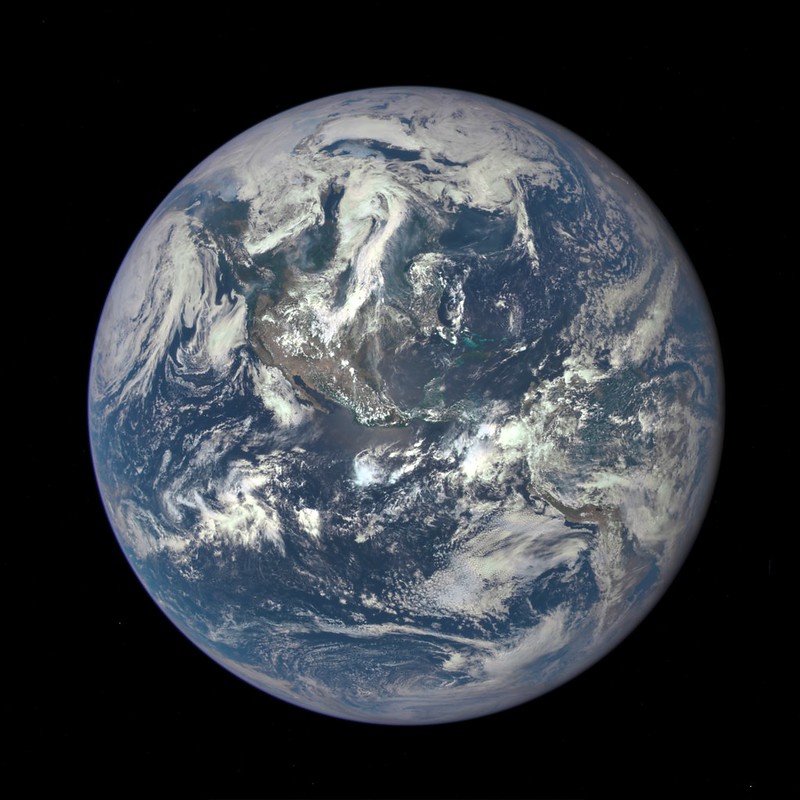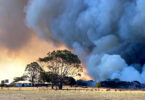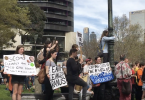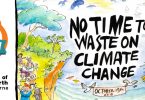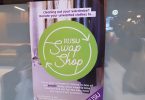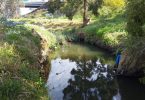Faced with long hours, pushback from climate sceptics, and small cohort sizes, Australian environmental journalism specialists – all ten or so of them – have been doing it tough.
Worse, conditions for environmental reporters have been unsafe the world over.
Columbia College Chicago School of Media Arts dean Eric Freedman cited examples from multiple continents in “Why covering the environment is one of the most dangerous beats in journalism”.
“Covering the environment is one of the most hazardous beats in journalism. According to one estimate, 40 reporters around the world died between 2005 and September 2016 because of their environmental reporting – more than were killed covering the U.S. war in Afghanistan,” Mr Freedman said.
But journalists were not the only targets of efforts to suppress accurate reporting on environmental issues.
Guardian Australia environment editor and Tasmanian Inquirer co-founder Adam Morton said he had spoken with scientists who had been “heavied” – pressured to issue guidance that aligned not with findings but with political agendas – while working for the government.

Guardian Australia environment editor Adam Morton. Photographer: Jessica Hromas.
These scientists, who studied critically endangered species in Tasmania, said their advice was routinely ignored and their funding repeatedly cut in an atmosphere of “huge diminishment in the respect for scientific advice.”
Far from being isolated, these incidents fell within contexts of global political pressure around climate coverage and national efforts to silence environmental scientists.
One study by the Ecological Society of Australia found that a third of environmental scientists were prevented by their employers from sharing their expertise with the public, while approximately one in five had their work altered by their employer in a way that “downplays, masks or misleads about environmental impacts”.
Government employees were the most likely to have had their work suppressed, with more than half reporting that experience; common areas of suppressed environmental research included mass extinctions, climate change and logging impacts.
Mr Morton was mindful of the substantial trust scientists showed by speaking to environmental journalists and felt responsible for accurately conveying the scientists’ findings.
“They’re really putting themselves on the line,” Mr Morton said.
Mr Morton recommended two methods to help with the production of high-quality science coverage deserving of scientific trust: reading reliable online sources and speaking with subject experts.
“So much of good journalism is speaking with people to get information. I think that equally applies to expertise and getting across the detail of a difficult issue as it does to leaking information that is not in the public domain and perhaps ought to be,” Mr Morton said.
Choosing two experts with differing but not necessarily conflicting perspectives on the same issue helped Mr Morton cover more ground, more quickly – an important consideration for tight deadlines.
Seeking multiple sources is among the further suggestions made freely available on the website of the Australian Science Media Centre (AusSMC), which provided advice from past and current science reporters.
The AusSMC also supplied advice for journalists seeking to responsibly cover issues (like environmental science) that involve scientific uncertainty, asking among other things that journalists not invite comment from laypeople when expert commentary would be more appropriate.
“[S]ave the discussion of scientific uncertainty to scientific experts in the topic under discussion,” the AusSMC advice said.
Ten additional guidelines for high-quality coverage, led by calls for journalists to avoid trivialisation and focus on evidence, were outlined in a paper on evidence-based environmental reporting by Dr Wiebke Rögener-Schwarz and Prof Holger Wormer.
Featured Image: Photo credit: NASA Goddard Photo and Video on Visualhunt

